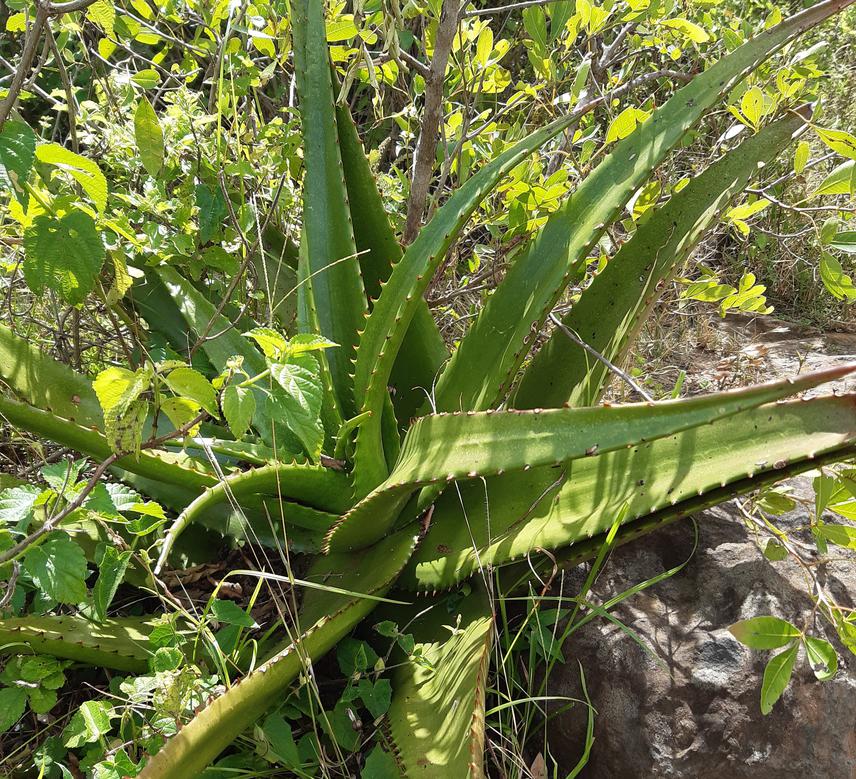Emily Kiplagat
Other projects
30 Jun 2016
Ethno-Botanical Study of Indigenous Knowledge on Use and Management of Medicinal Floral Species by Local People in Baringo County, Kenya
26 Sep 2023
Win-Win Situation- Integration of Bee Keeping in Conservation of Medicinal Plants
1) Create stronger and dynamic traditional healers’ groups
2) Inculcate positive values to Nature Clubs at Schools in conservation and
3) Encourage stakeholder participation in conservation of medicinal plants through agro-forestry and re-afforestation programs.

Aloe vera species.
Ethno-botanical study conducted in Baringo County, Kenya and supported by 1st Rufford Small Grant revealed the following crucial information pertaining to the use and management of medicinal plants;
1) That herbal remedies are enjoying widespread popularity
2) That most of medicinal plants were obtained from wild
3) That the root and bark are major parts widely employed by local healers in drug preparation
4) That dependency of herbalists’ on fresh materials with limited chance of preservation further aggravates the decline of rare medicinal plants
5) That few of medicinal plant species are cultivated in farmlands and many are found in the wild, harvested and left under wild stands
6) That anthropogenic pressures have resulted in local extinction of medicinal plants
7) That significantly high number of medicinal plants was understood by the older generation.
8) That traditional botanical knowledge is diminishing from older to younger generations
The ethno-botanical study also pointed the need to work with traditional medicinal practitioners to conserve medicinal plants and indicated incremental benefits of incorporating local schools in ethno-botany, appreciation and conservation. Despite the fact that the dependency on wild plants for healthcare practices is still rampant, the study area was found to have scarce planting materials of medicinal plants and lacked local initiatives such as establishment of tree nurseries.
Reports by IUCN, 2006 indicate that current extinction rates of medicinal plants are at least 100 to 1,000 times higher than natural background rates. Again, as per IUCN/SSC MPSG, 2007 as many as 15,000 medicinal plants are under threat.
With this in mind, I aim to integrate indigenous knowledge into conservation programs to facilitate cross-borrowing of ideas, promote constructive engagement and instil a sense of common local ownership and responsibility towards achievement of conservation of medicinal plants and their associated habitats/ecosystems by;
1) Promoting traditional herbalists’ participation in conservation at the grass-root level through small-scale agro-forestry and restoration programs
2) Promoting medicinal plant conservation in ways that take into account medicinal plant resources and the ecosystem at a larger scale and
3) Educating young generation that ethno-botany is real and can be applied in plant identification, documentation, and conservation.
To inculcate positive values to young generation on conservation of medicinal plants, the project, through nature clubs will develop right attitudes among students towards environmental conservation and set values/concerns among students/pupils towards environmental conservation. I also plan to organize and promote creative and critical thinking through inter-schools essay writing and creation of environmentally friendly innovations.